Site Report: Refugio Paz de las Aves
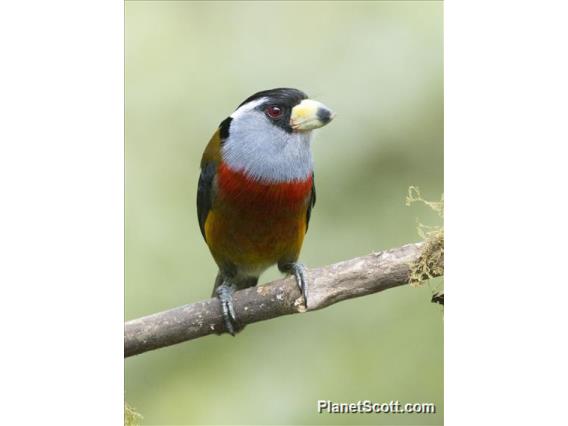
Toucan Barbet (Semnornis ramphastinus)
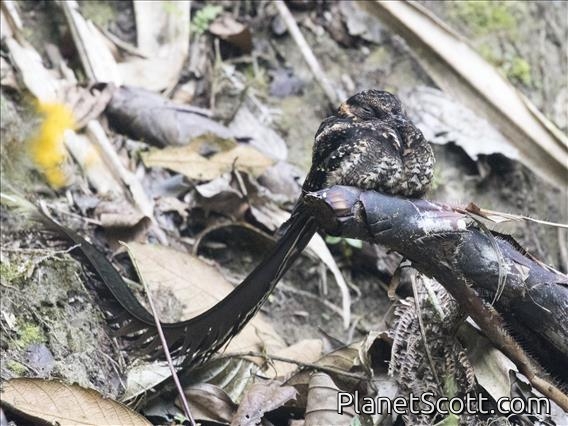
Lyre-tailed Nightjar (Uropsalis lyra)
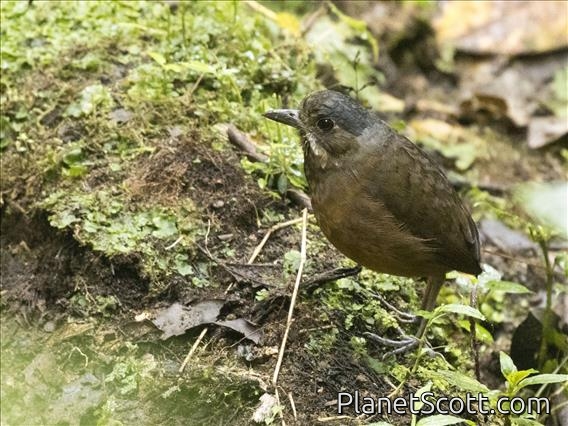
Moustached Antpitta (Grallaria alleni)
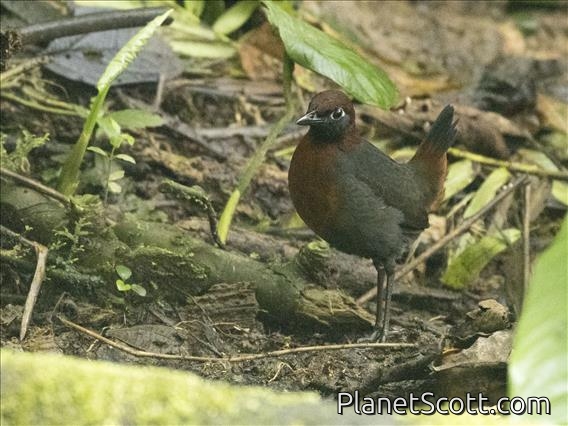
Rufous-breasted Antthrush (Formicarius rufipectus)
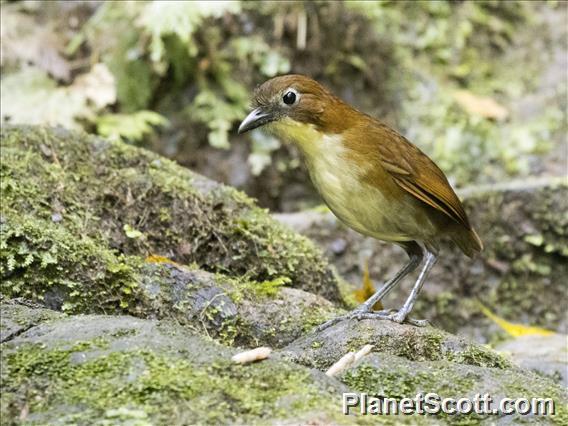
Yellow-breasted Antpitta (Grallaria flavotincta)
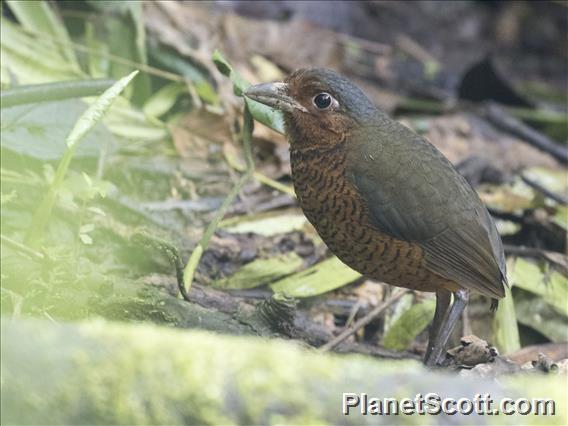
Giant Antpitta (Grallaria gigantea)
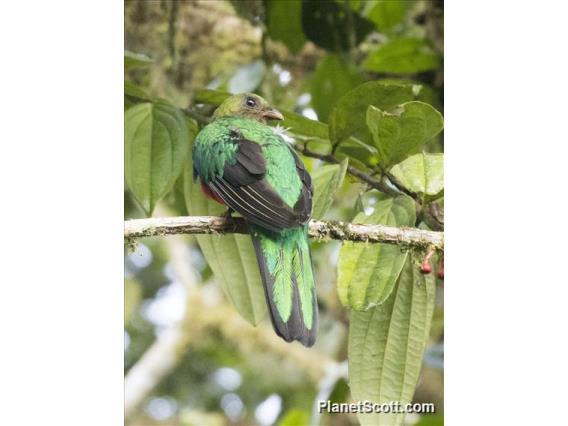
Golden-headed Quetzal (Pharomachrus auriceps)
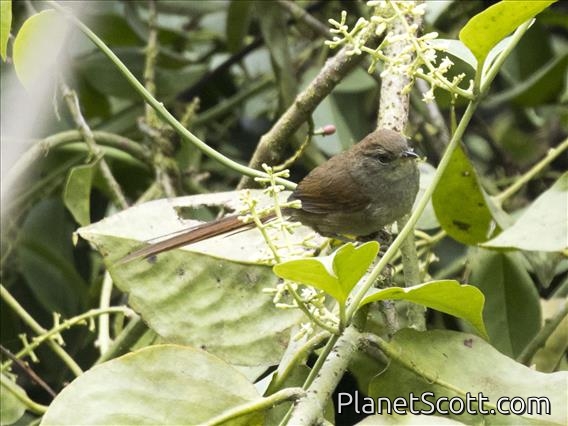
Azara's Spinetail (Synallaxis azarae)
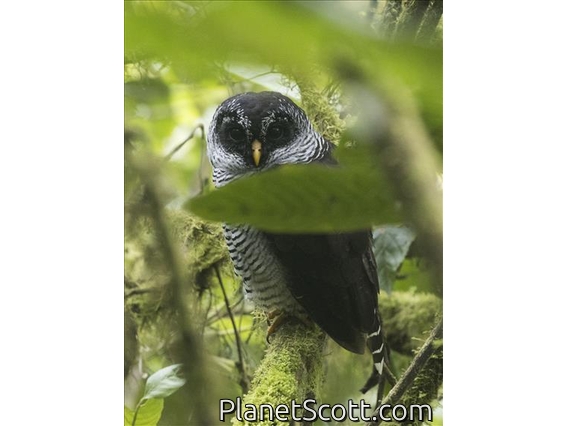
Black-and-white Owl (Strix nigrolineata)
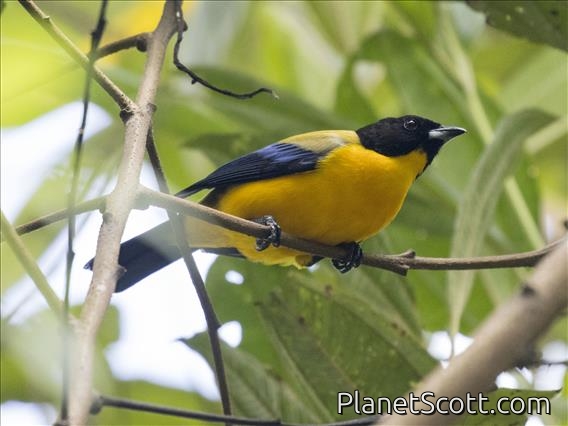
Black-chinned Mountain-Tanager (Anisognathus notabilis)
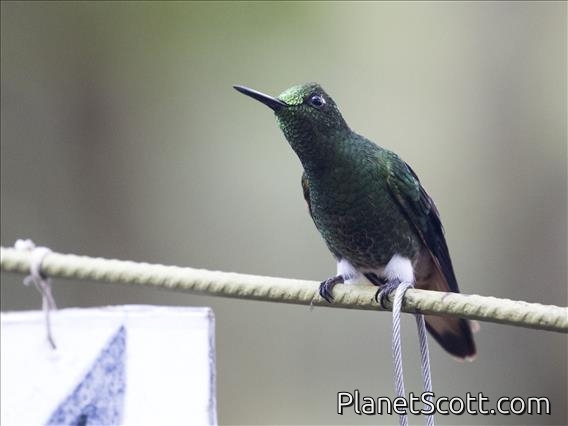
Buff-tailed Coronet (Boissonneaua flavescens)
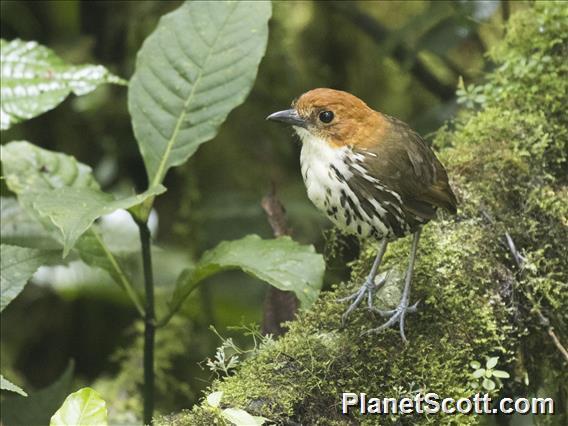
Chestnut-crowned Antpitta (Grallaria ruficapilla)
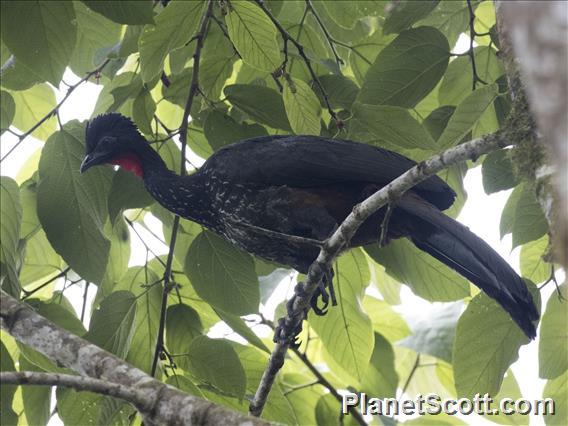
Crested Guan (Penelope purpurascens)
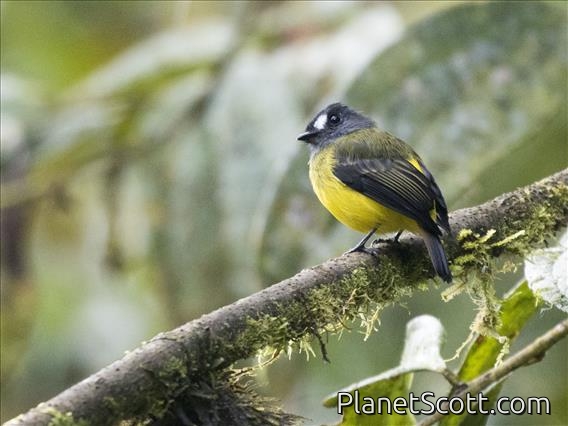
Ornate Flycatcher (Myiotriccus ornatus)
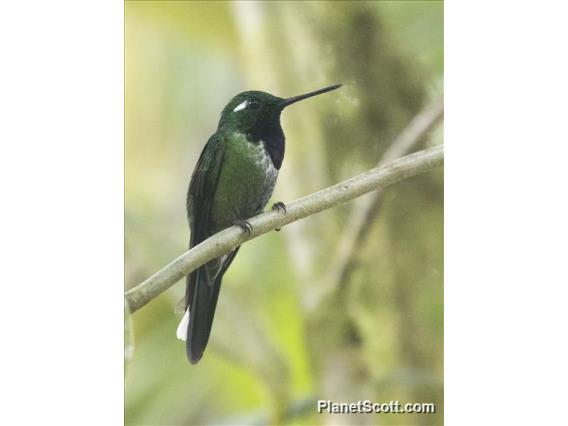
Purple-bibbed Whitetip (Urosticte benjamini)
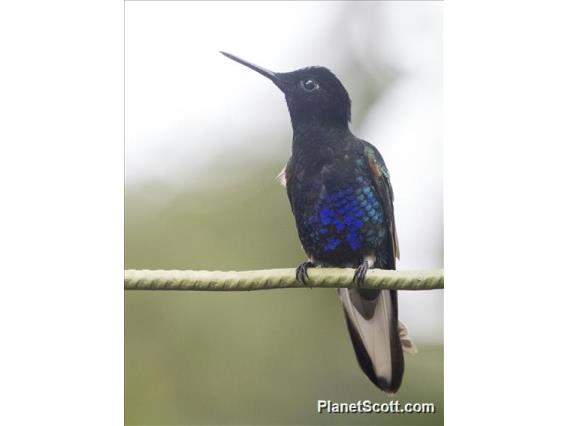
Velvet-purple Coronet (Boissonneaua jardini)
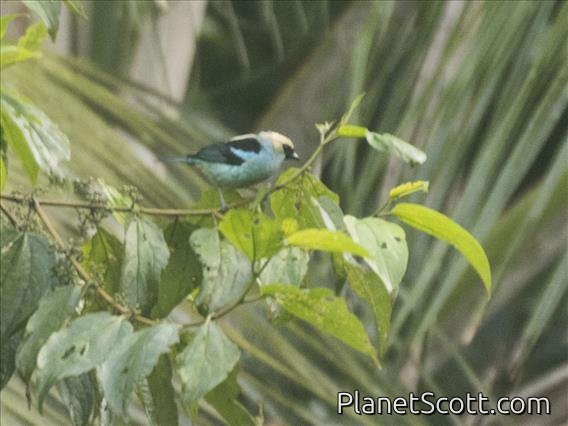
Metallic-green Tanager (Tangara labradorides)
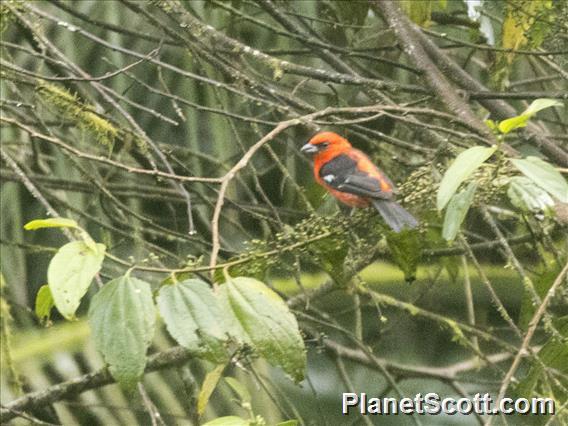
White-winged Tanager (Piranga leucoptera)


















×



















Toucan Barbet (Semnornis ramphastinus)

Lyre-tailed Nightjar (Uropsalis lyra)

Moustached Antpitta (Grallaria alleni)

Rufous-breasted Antthrush (Formicarius rufipectus)

Yellow-breasted Antpitta (Grallaria flavotincta)

Giant Antpitta (Grallaria gigantea)

Golden-headed Quetzal (Pharomachrus auriceps)

Azara's Spinetail (Synallaxis azarae)

Black-and-white Owl (Strix nigrolineata)

Black-chinned Mountain-Tanager (Anisognathus notabilis)

Buff-tailed Coronet (Boissonneaua flavescens)

Chestnut-crowned Antpitta (Grallaria ruficapilla)

Crested Guan (Penelope purpurascens)

Ornate Flycatcher (Myiotriccus ornatus)

Purple-bibbed Whitetip (Urosticte benjamini)

Velvet-purple Coronet (Boissonneaua jardini)

Metallic-green Tanager (Tangara labradorides)

White-winged Tanager (Piranga leucoptera)
Forest
Visits
- 2023-07-30: The next morning, we headed over to Angel Paz's refuge to see the cock-of-the-rock lek as well as being the famous place to see Antpittas. Unfortunately, there is a lot of feeding of the birds happening at this place and also plenty of playback of bird calls as the method to seeing the birds. There is controversy behind feeding the antpittas and also using playback to attract birds in this and other places. I will have to say that it is definitely a bit lame and much less challenging to see birds this way. I compare this to using cheat codes on video games. What is the point, really, of going into the natural area and then using electronics to trick the birds into coming closer? I would also mention that you are interfering with their business by playing tapes of their rivals in their territory. You have discarded the natural aspect at this point. Imagine if birds came into your house and broadcast threatening human voices... Feeding the birds is only slightly less lame, at least the birds are getting something out of it. A lot of people rationalize that doing something less harmful is somehow good (side note: see commercialization of environmentalism), which is why we will soon complete turning the Earth into a wasteland. Anyway, I am not proud of taking advantage of playback and feeding. On the other hand, if the antpittas were not getting fed at this place, you would have the alternative which is a clearcut pasture full of future McDonalds hamburgers. Clearly, the cattle industry is a lot worse in this case as the tourism money is protecting the forest here.
Species Seen
Kingdom: Animals (68 records)
Phylum: Chordates
(68 records)
Class: Birds
(68 records)
- Order: Doves and Pigeons
(2 records)
- Family: Pigeons and Doves
- Band-tailed Pigeon (Patagioenas fasciata)
- White-tipped Dove (Leptotila verreauxi)
- Order: Hawks, Eagles, Kites, and Allies
(1 record)
- Family: Hawks, Eagles, and Kites
- Hook-billed Kite (Chondrohierax uncinatus)
- Order: Hummingbirds and Swifts
(13 records)
- Family: Hummingbirds
- Brown Violetear (Colibri delphinae)
- Andean Emerald (Uranomitra franciae)
- Rufous-tailed Hummingbird (Amazilia tzacatl)
- Speckled Hummingbird (Adelomyia melanogenys)
- Fawn-breasted Brilliant (Heliodoxa rubinoides)
- Buff-tailed Coronet (Boissonneaua flavescens)
- Velvet-purple Coronet (Boissonneaua jardini)
- Purple-bibbed Whitetip (Urosticte benjamini)
- White-booted Racket-tail (Ocreatus underwoodii)
- Violet-tailed Sylph (Aglaiocercus coelestis)
- Purple-throated Woodstar (Philodice mitchellii)
- Lesser Violetear (Colibri cyanotus)
- Family: Swifts
- White-collared Swift (Streptoprocne zonaris)
- Order: Owls And Nightjars
(2 records)
- Family: Nighthawks and Nightjars
- Lyre-tailed Nightjar (Uropsalis lyra)
- Family: Typical Owls
- Black-and-white Owl (Strix nigrolineata)
- Order: Parrots
(2 records)
- Family: New World Parrots
- Maroon-tailed Parakeet (Pyrrhura melanura)
- Scaly-naped Parrot (Amazona mercenarius)
- Order: Perching Birds (38 records)
- Family: Antthrushes
- Rufous-breasted Antthrush (Formicarius rufipectus)
- Family: Cotingas
- Andean Cock-of-the-rock (Rupicola peruvianus)
- Family: New World Sparrows
- White-winged Brushfinch (Atlapetes leucopterus)
- Family: New World Warblers
- Slate-throated Redstart (Myioborus miniatus)
- Three-striped Warbler (Basileuterus tristriatus)
- Family: Old World Buntings
- Rufous-collared Sparrow (Zonotrichia capensis)
- Family: Ovenbirds and Woodcreepers
- Azara's Spinetail (Synallaxis azarae)
- Montane Woodcreeper (Lepidocolaptes lacrymiger)
- South American Leaftosser (Sclerurus obscurior)
- Family: Swallows
- Blue-and-white Swallow (Pygochelidon cyanoleuca)
- Family: Tanagers and Allies
- White-winged Tanager (Piranga leucoptera)
- Blue-gray Tanager (Thraupis episcopus)
- Blue-winged Mountain-Tanager (Anisognathus somptuosus)
- Black-chinned Mountain-Tanager (Anisognathus notabilis)
- Orange-bellied Euphonia (Euphonia xanthogaster)
- Golden Tanager (Tangara arthus)
- Metallic-green Tanager (Tangara labradorides)
- Beryl-spangled Tanager (Tangara nigroviridis)
- Yellow-bellied Seedeater (Sporophila nigricollis)
- Masked Flowerpiercer (Diglossa cyanea)
- Family: Tapaculo
- Spillman's Tapaculo (Scytalopus spillmanni)
- Family: Thrushes and Allies
- Andean Solitaire (Myadestes ralloides)
- Family: Typical Antbirds
- Uniform Antshrike (Thamnophilus unicolor)
- Streak-headed Antbird (Drymophila striaticeps)
- Family: Tyrant Flycatchers
- Streak-necked Flycatcher (Mionectes striaticollis)
- White-tailed Tyrannulet (Mecocerculus poecilocercus)
- Ornate Flycatcher (Myiotriccus ornatus)
- Olive-sided Flycatcher (Contopus cooperi)
- Smoke-colored Pewee (Contopus fumigatus)
- Tropical Kingbird (Tyrannus melancholicus)
- Golden-bellied Flycatcher (Myiodynastes hemichrysus)
- Scaled Fruiteater (Ampelioides tschudii)
- Order: Trogons (2 records)
- Order: Turkey-like birds
(2 records)
- Family: Chachalacas, Guans, and Curassows
- Crested Guan (Penelope purpurascens)
- Sickle-winged Guan (Chamaepetes goudotii)
- Order: Vultures
(2 records)
- Family: New World Vultures
- Black Vulture (Coragyps atratus)
- Turkey Vulture (Cathartes aura)
- Order: Woodpeckers, Barbets, Toucans, and Honeyguides
(4 records)
- Family: Piculets and Woodpeckers
- Guayaquil Woodpecker (Campephilus gayaquilensis)
- Family: Toucan Barbet
- Toucan Barbet (Semnornis ramphastinus)
